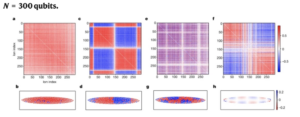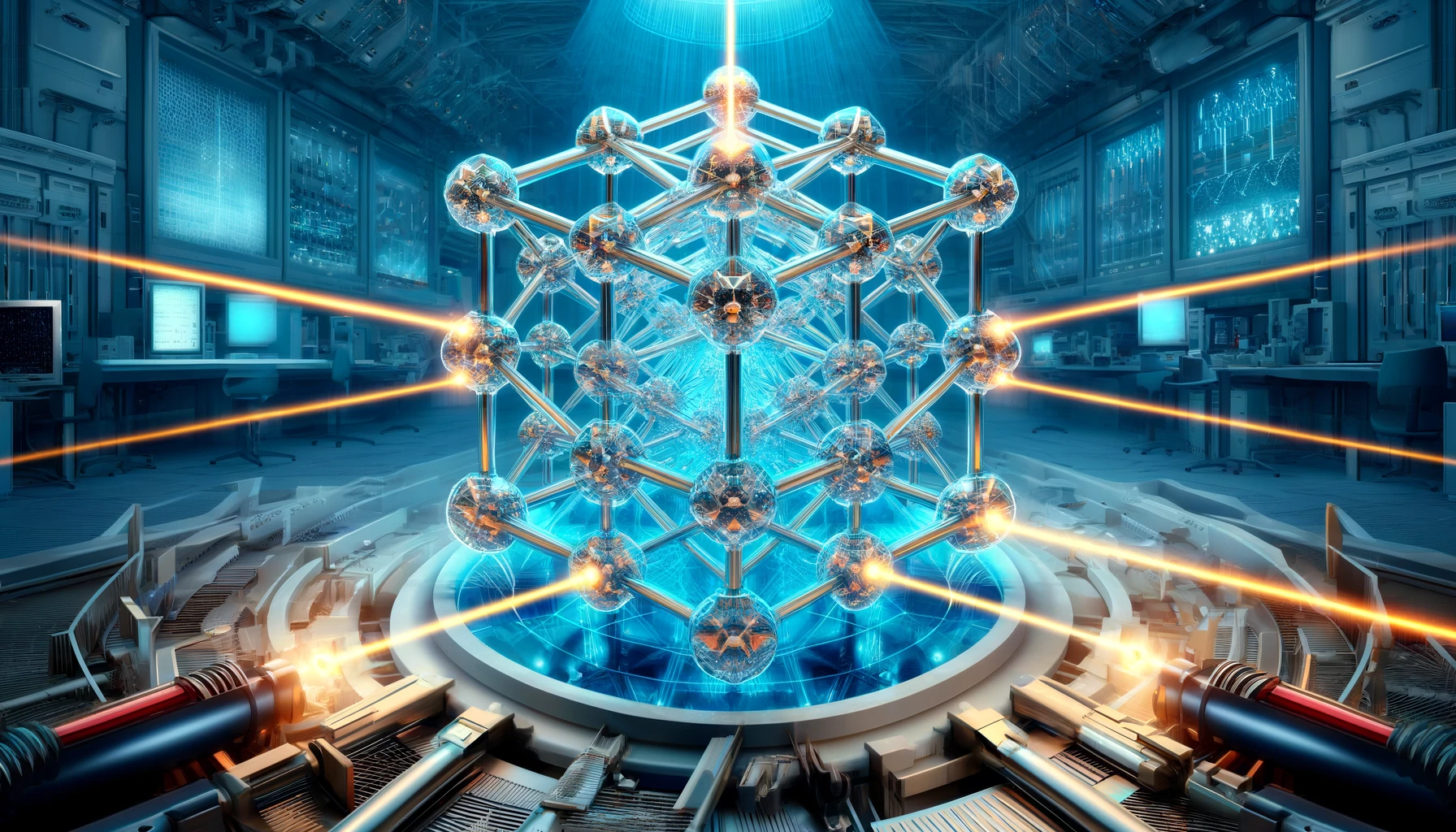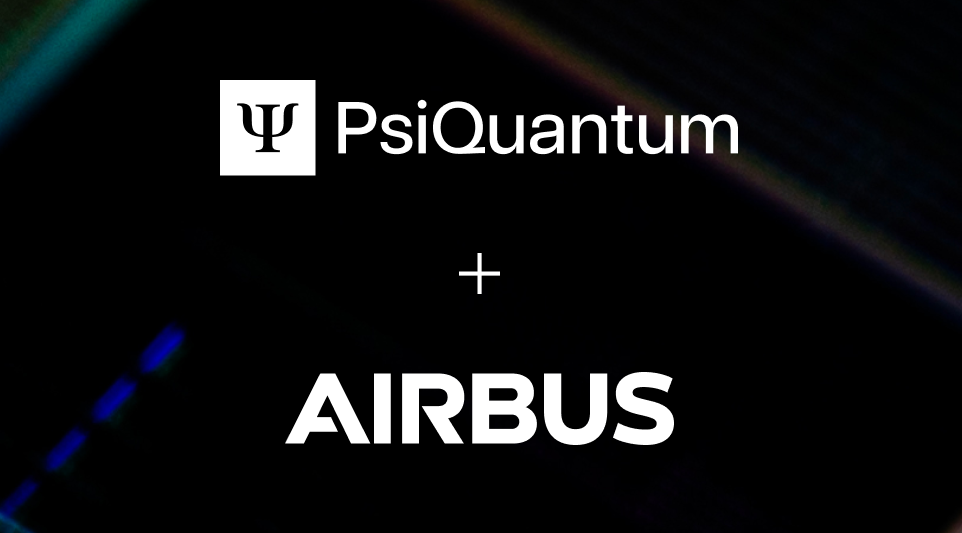Insider Brief
- Chinese researchers have successfully trapped 512 ions in a two-dimensional Wigner crystal and performed quantum simulations using 300 of those ions as qubits.
- According to the researchers, this demonstrates the largest quantum simulator based on trapped ions achieved to date.
- The research was led by quantum physicist Duan Luming at Tsinghua University, who recently returned to China, after teaching in the US.
Chinese researchers have successfully trapped 512 ions in a two-dimensional Wigner crystal and performed quantum simulations utilizing 300 of those ions as qubits. According to the researchers, this demonstrates the largest quantum simulator based on trapped ions achieved to date. The research was led by quantum physicist Duan Luming at Tsinghua University, who recently returned to China, after teaching in the US.
Chinese researchers report that they have successfully trapped 512 ions in a two-dimensional Wigner crystal and performed quantum simulations using 300 of those ions as qubits. The researchers report that the experiment, published recently in the journal Nature, demonstrates the largest quantum simulator based on trapped ions achieved to date.
According to the study, the team made headway on two crucial quantum computing requirements: “A large qubit capacity and an individual readout capability are two crucial requirements for large-scale quantum computing and simulation. As one of the leading physical platforms for quantum information processing, the ion trap has achieved a quantum simulation of tens of ions with site-resolved readout in a one-dimensional Paul trap and of hundreds of ions with global observables in a two-dimensional (2D) Penning trap. However, integrating these two features into a single system is still very challenging.”

The study also points out that quantum computation refers to performing complex calculations using qubits that leverage quantum mechanical properties, while quantum simulation involves using quantum systems to model and understand other quantum systems or phenomena that are challenging to study with classical methods.
Trapped Ion Approach
The research, led by quantum physicist Duan Luming at Tsinghua University, centers on the trapped-ion approach to generating qubits, reports the South China Morning Post (SCMP).
According to SCMP, Duan, who received his doctorate in 1998 from the University of Science and Technology of China, returned to China in 2018 after 15 years of teaching in the United States. He subsequently joined the University of Michigan in the early 2000s. Since his return, Duan has been a full-time professor at Tsinghua University’s Institute for Interdisciplinary Information Sciences.
The trapped-ion approach stores qubits by using charged atoms — or ions — that are suspended — or trapped — in free space by electromagnetic fields. The quantum information is encoded in the stable electronic states of each individual trapped ion. To process and transfer this quantum data, the researchers exploit the collective coordinated motion of all the ions trapped together in a shared electromagnetic trap. As the ions move together, their electronic states become entangled, facilitating quantum information processing through their coupled motion.
Previous experiments achieved quantum simulations with up to 61 trapped ions arranged in a one-dimensional string, the team reports. But Duan’s team was able to trap and cool 512 ions in a two-dimensional planar crystal configuration.

Quantum Simulations with 300 Qubits
Not only did they trap the record 512-ion system, but the researchers also demonstrated quantum simulations by using 300 of those ions as qubits.
“We demonstrate the quantum simulation of long-range quantum Ising models with tunable coupling strengths and patterns, with or without frustration, using 300 ions,” they write.
The researchers used 300 of these trapped ions to perform a quantum simulation, where each ion’s quantum state could be individually measured and observed. This capability allowed them to observe rich spatial correlation patterns in the quasi-adiabatically prepared ground states, which facilitates the verification of quantum simulation results by comparing the measured two-spin correlations with calculated collective phonon modes and classical simulated annealing. Probing these quantum dynamics and correlations would be too complex for classical computers.
The researchers write: “Enabled by the site resolution in the single-shot measurement, we observe rich spatial correlation patterns in the quasi-adiabatically prepared ground states, which allows us to verify quantum simulation results by comparing the measured two-spin correlations with the calculated collective phonon modes and with classical simulated annealing.”
Path to Larger Scale
The researchers view this as a key step towards larger-scale universal quantum computers and simulations. However, challenges remain.
Although not a fundamental limitation, the number of ions used in the current simulations is limited by the available laser power at 411 nm, which is necessary for strong Ising coupling across the ion crystal. To further scale the system to thousands of ions, the researchers propose using sympathetic cooling on a select few ions placed in optimized locations to maintain system stability. Additionally, they suggest employing a dual-type qubit scheme to prevent crosstalk errors among the ions that carry quantum information, a method recently demonstrated in smaller systems.
This milestone represents a significant stride in the global race towards practical and scalable quantum computing. The trapped-ion approach, with its demonstrated scalability and stability, is now seen as a promising pathway to achieving universal quantum computers capable of solving some of the most complex problems in science and technology.
This is a summary of highly complex information. For a deeper dive, read the original paper in Nature. SCMP also adds more information from the geopolitical stance.

















